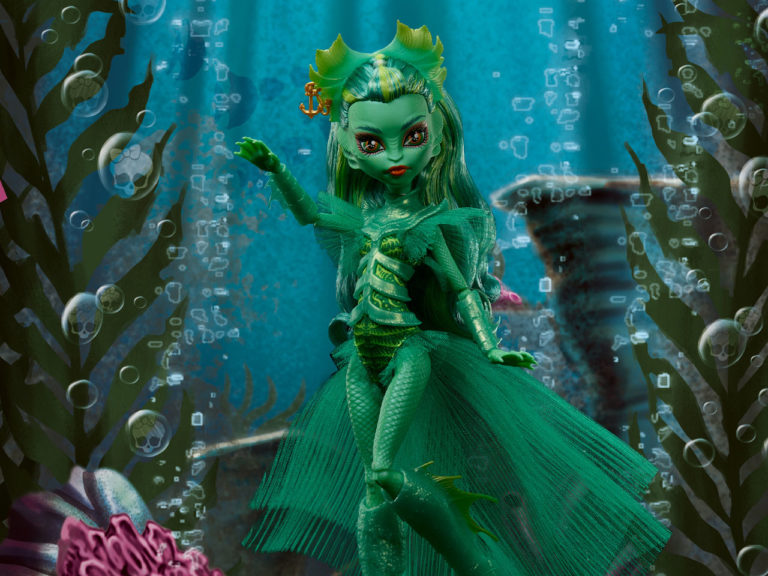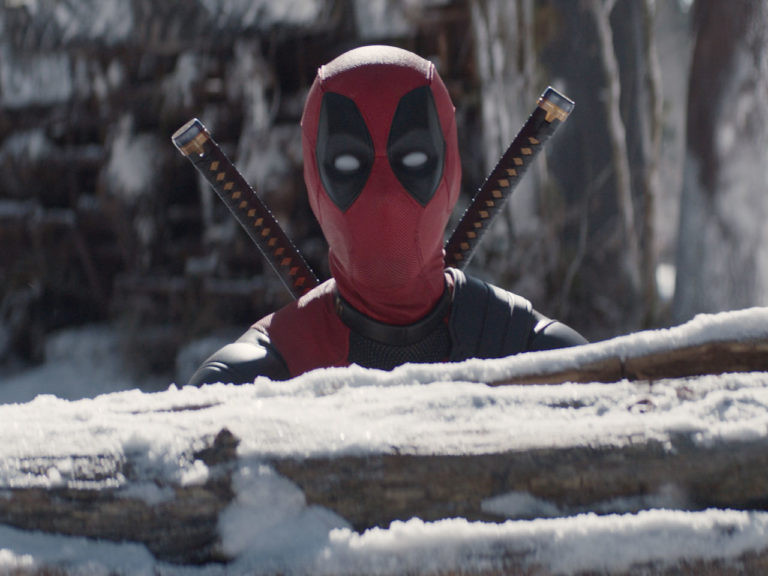
If you’re a Batman fan, chances are good that you’re also a Paul Dini fan. Batman: The Animated Series, Detective Comics, Rocksteady’s Arkham franchise—even Harley Quinn herself—all are properties where Dini has left his mark. But even if you’re coming to this book without those contextual markers, I dare you to read Dark Night: A True Batman Story and come away anything but impressed.
At the height of professional success and the depth of personal isolation, Dini was mugged and savagely beaten while walking home from a date. A painful recovery—both physically and emotionally—made him question the legitimacy of writing hero stories in a world where the supply of such do-gooders falls woefully short of demand.
Safe on the other side of tragedy
Dark Night is the story of Dini’s recovery, but it is also much more than that. It is a parable of the importance of stories and ideals—of the role that fictional heroes play in shaping the lives of those of us trying to make it in the real world.
Dini writes on the other side of his ordeal, and the ordeal of his recovery; and as such, there is an optimism and levity here that makes reading about a hard thing much easier. That said, he never seems disconnected. His humor and easy-going voice springs not from denial, but rather from a humorous and easy-going personality that was nearly stamped out, but instead found a way to get from under his trial.

This light tone is aided greatly by Eduardo Risso, whose early pages are bright and playful, as Dini himself paints a picture of his fan’s journey from a young boy marveling at the awesomeness of Batman’s world to a writer on The Animated Series. As the narrative darkens, Risso deftly adjusts his style, gradually removing background detail and replacing it with solid color, Dini-on-the-page seeming more isolated and alone. And yet the visual darkness subsides sooner than later, and Risso reestablishes the safe space from the introduction, even as Dini continues to shuffle through his demons.
A true Batman story
The Caped Crusader and some of his most prominent rogues feature heavily throughout Dark Night. Dancing in and out of normal scenes, relentlessly critiquing and deriding poor Paul, Batman and his demons are front and center in helping Dini come to terms with his own. In all of these encounters, his regard for the characters shines through, with superb characterization and pitch-perfect dialogue.

But the Arkham crew aren’t here for mere fan-service—their inclusion isn’t some shallow device Dini employs to spice up an otherwise straightforward account. Each merciless taunt, every cruel jab delivers brutal truth that he actually needs to hear. You could even argue that the villains are the heroes of the story, refusing to tolerate any navel gazing, and forcing Dini to admit that his attackers disrupted not a happy, stable existence, but rather, a lonely, empty life that had been masqued with professional achievement and material gain.

Through it all, Batman himself weaves in and out, telling Dini where he has gone and is going wrong, as simultaneously hard on and protective of Paul as he would be toward Robin. Whereas the rogues attempt to use the truth to keep him down, the Dark Knight offers him a path. And though at his lowest, Dini accuses Batman of forsaking him, in the end he realizes just how much meaning Batman—and in particular writing Batman—brings to his life, and to the lives of all those touched by his work.
A few cool bits
There is so much more that I could write about Dark Night, because there’s so much to admire and enjoy in its pages. I don’t want to uncover everything before you read the book, though, so I won’t. Once you’ve checked it out, or if you just can’t help yourself, have a look in the spoiler tags for some of my favorite things.
- I’ve seen every episode of Batman: The Animated Series at least a few times, but I’ve never paid too much attention to how many of them were written by Dini. After reading this, I would be surprised if most or all of the episodes featuring the Joker were not from Dini’s hand. While Risso’s Joker looks nothing like the one from the series or the Arkham games, I can practically hear Mark Hamill speaking the part here—the dialogue is clearly coming from the same mind behind those projects.
- As just about anyone interested in this book would know, Dini and Bruce Timm co-created Harley Quinn and introduced her in the “Joker’s Favor” episode of The Animated Series. Harley’s voice on the series was provided by Arlene Sorkin, who was one of the first of Dini’s friends to come see him after the mugging, and who insisted he get checked out, and who continued to look out for him throughout his recovery. I found it quite amusing that a battered Dini was being looked after by Harley Quinn (even if she is a doctor!).
And here are a few favorite panels:



Absolutely amazing work from writer and artist
Value: Full Price
Dark Night will cost you about $15 in print or digital, and it’s worth every penny. It’s about as long as a six-issue trade, which means you’re paying a lower rate than you do for your weekly books (even with the line-wide price point reduction ushered in with Rebirth).
Overall
Truly one of the most unique, entertaining, funny, and moving books that I’ve read in any category, Paul Dini’s Dark Night is a sometimes-heavy—but never harrowing—testament to the power of story to lift us from despair and push us into restoration. With the help of a cast of familiar, perfectly-characterized Gothamites, Dini shows us once again that he understands both the what and the why of Batman as well as anyone else; and in so doing, shows us how that understanding helped him emerge from his trial with more than the muggers took away. If that isn’t a True Batman Story, I don’t know what is.
SCORE: 10/10


